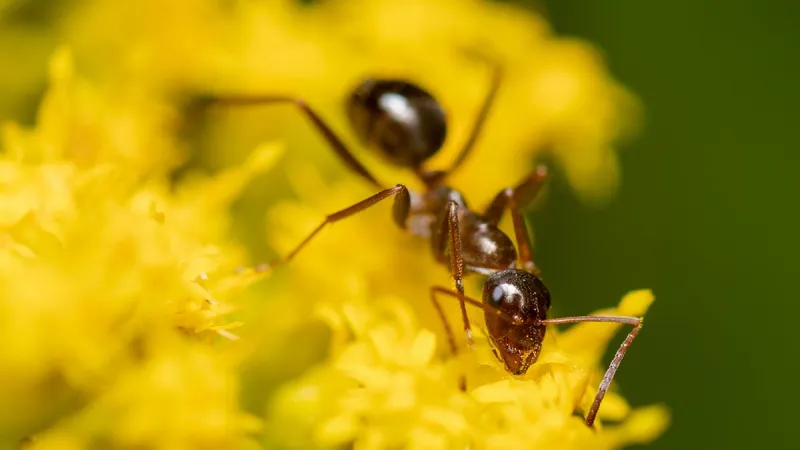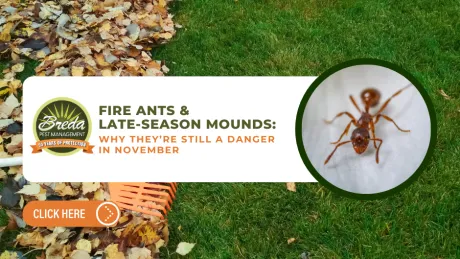
Carpenter Ant Information

Carpenter Ants
More about Carpenter Ants
Carpenter ants are a fascinating species of ants known for
their unique behavior, anatomy, and ecological impact. These large,
robust insects are commonly found in various parts of the world and are
known for their ability to construct elaborate nests and their
distinctive appearance. BREDA Pest Management delves into the intriguing
world of carpenter ants and explores their behavior, anatomy, life
cycle, and their role in the environment for optimal pest control.
Carpenter ants belong to the Camponotus genus, which is a group of ants known for their ability to tunnel into wood and create elaborate nests. They are typically larger than many other ant species, with workers ranging from 6 to 13 mm in size, and queens often reaching over 15 mm in length. Carpenter ants come in various colors, ranging from black, brown, red, or a combination of colors, depending on the species.
One of the most remarkable aspects of carpenter ants is their ability to build and inhabit complex nests within wood. Unlike termites, which feed on wood, carpenter ants do not consume wood for sustenance. Instead, they excavate galleries and tunnels within wood to create their nests, which serve as shelter and protection for the colony. Carpenter ants are known for their excellent carpentry skills and can excavate wood to create intricate nesting galleries with multiple chambers, galleries for brood rearing, and storage areas for food.
Carpenter ants have a complex social structure similar to other ant species. They live in large colonies consisting of workers, queens, and males. The workers are responsible for foraging, nest construction, and caring for the brood, while the queens are responsible for laying eggs and reproducing. The males' primary role is to mate with the queens during the reproductive season.
Carpenter ants are primarily nocturnal, and their foraging behavior varies depending on the species and the needs of the colony. They feed on a variety of food sources, including insects, nectar, honeydew from aphids, and even human food in urban environments. Carpenter ants are known to have a wide foraging range and can travel significant distances from their nests in search of food.
The life cycle of carpenter ants begins with the queen laying eggs. The eggs hatch into larvae, which are cared for by the worker ants. The larvae go through several stages of development before pupating and emerging as adult ants. The time it takes for carpenter ants to go from egg to adult can vary depending on factors such as temperature and food availability.
Carpenter ants play an important role in the environment. As decomposers, they help break down and recycle dead wood, which can have ecological benefits in forest ecosystems. However, their ability to tunnel into wood can also cause structural damage to buildings, fences, and other wooden structures, which can be a nuisance to humans.
In some cases, carpenter ants can be considered pests when they establish their nests in human-made structures. Carpenter ants prefer damp or decayed wood, and their presence may indicate underlying moisture or structural issues that need to be addressed with pest control. It's essential to identify and address carpenter ant infestations promptly to prevent potential damage.


